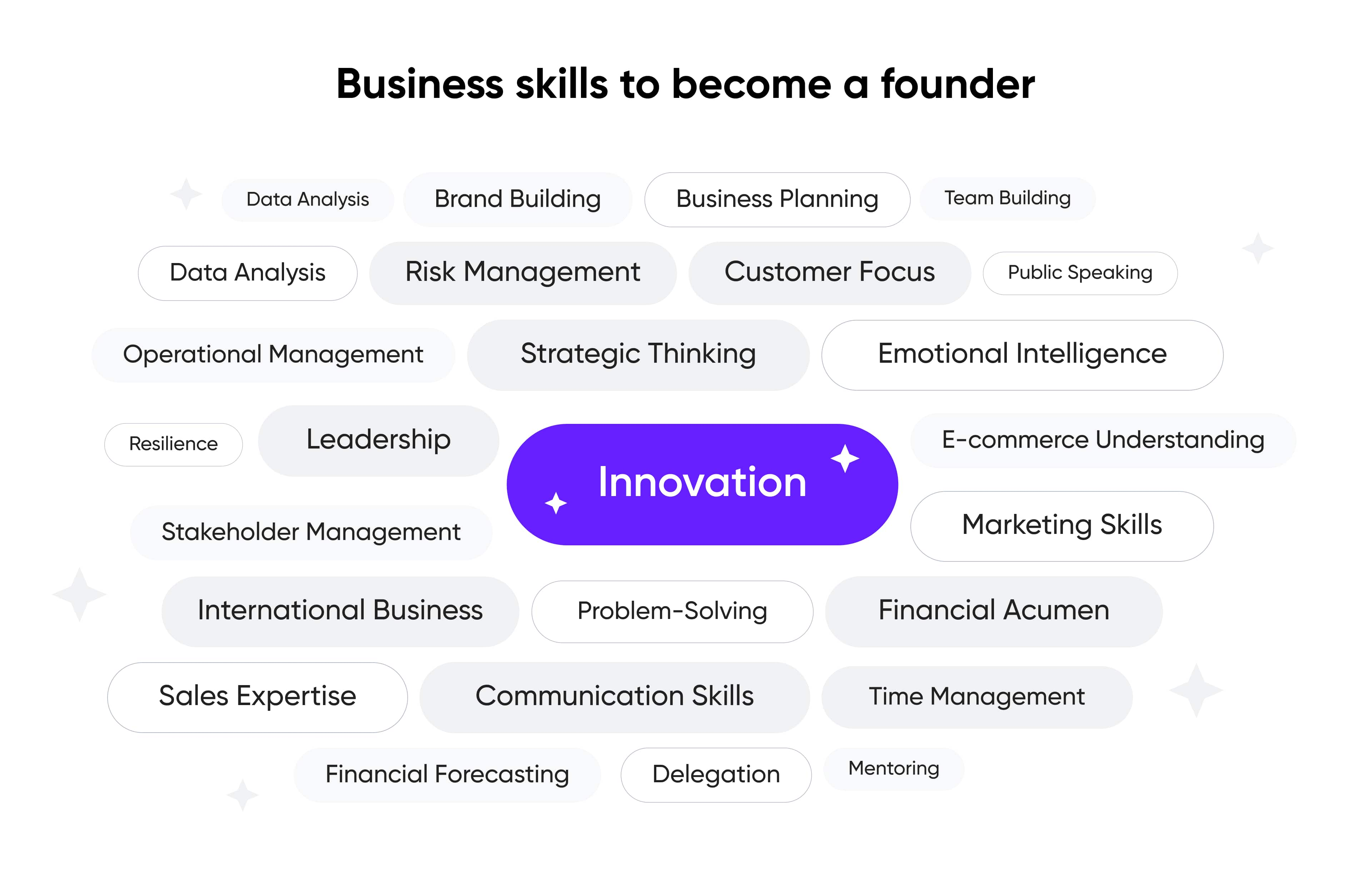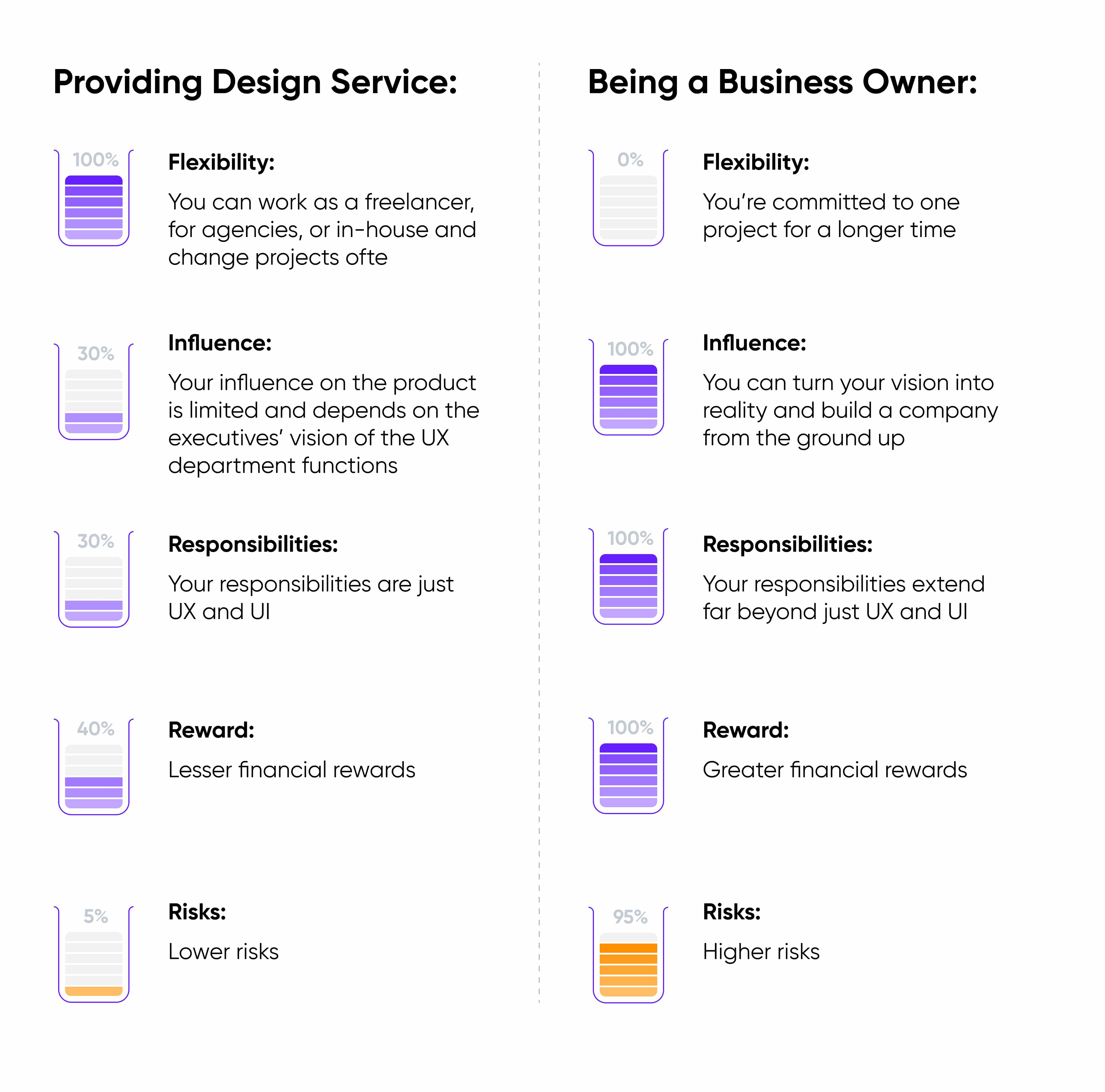In the era of design renaissance, marked by a growing recognition of design leadership, there’s only one designer CEO in the Fortune 500, and it’s Brian Chesky. He himself explains this lack by the fact that design is fragile and founders and CEOs need to have the nerve to run a company.
Some other opinions on this on Wired ten years ago suggested that designers are dedicated to pixels and details, losing their focus outside of their craft. In contrast, most entrepreneurs tend to be generalists rather than experts in any one specific area.
Being a CEO designer and learning a lot of generalist topics, I don’t think so. I believe there comes a time when designers, equipped with design leadership skills, can be the best founders of digital products. Why?
- first, AI will make coding significantly cheaper, resulting in a Venn diagram where the product intertwines the needs of users, business, and technical capabilities. The last two circles, representing business and technical aspects, are overlapping more onto the first one. Hence, a new renaissance awaits us.
- second, the design industry is mature, with many people having 10+ years of experience. If a person has experience in design management and at least a partial understanding of business, they have every chance of success. We rarely hear about designers as co-founders of products, but examples like Melanie Perkins founding Canva, Brian Chesky with AirBnB, and Stewart Butterfield, co-founder of Slack and Flickr, demonstrate their potential.
- third, designers stand out as managers with a knack for empathy and grasping user pain points. They validate ideas and conduct diverse research, all without the need for formal training – they already understand and execute these essential processes. This inherent skill set underscores a substantial potential that deserves our attention.
So, all of these indicate that we need to talk about this huge potential, and we can discover how designers can bring more value as founders and CEOs to products globally.
Design leadership lessons from a UX designer turned Founder
My recent guest on Cieden Podcast, Tal Florentin is a UX designer who launched his startup Summurai after designing 250 digital products. This conversation was another proof of designer potential because Tal didn’t reject his commitment to pixels, he actually took it and created a product out of it.
‘I'm not going to skip any pixel. I'm always going to bring a pixel perfect idea,’ Tal loves saying.
So, I invite you to look at his story of transition from designer to founder and lessons learned on this way.





